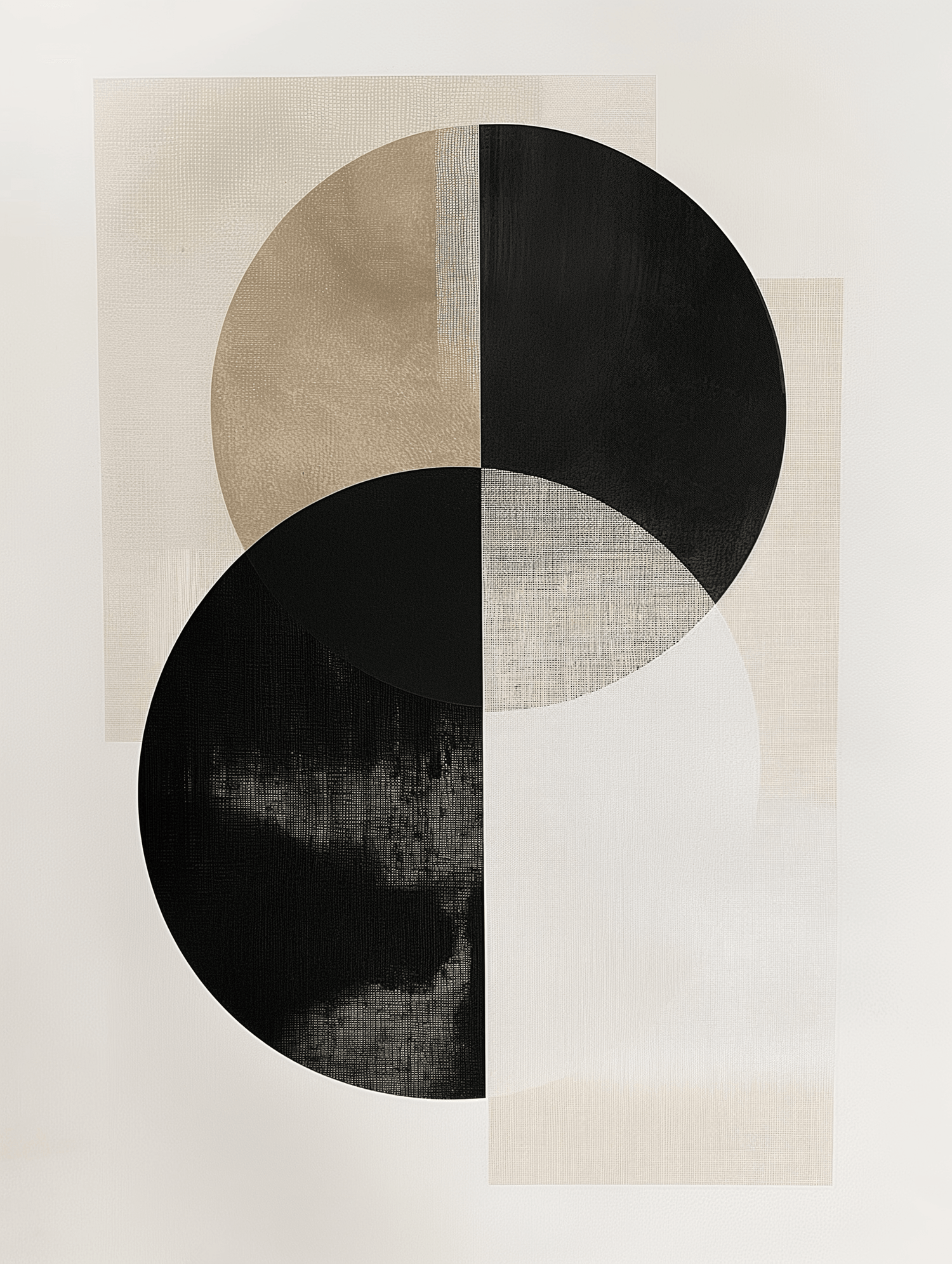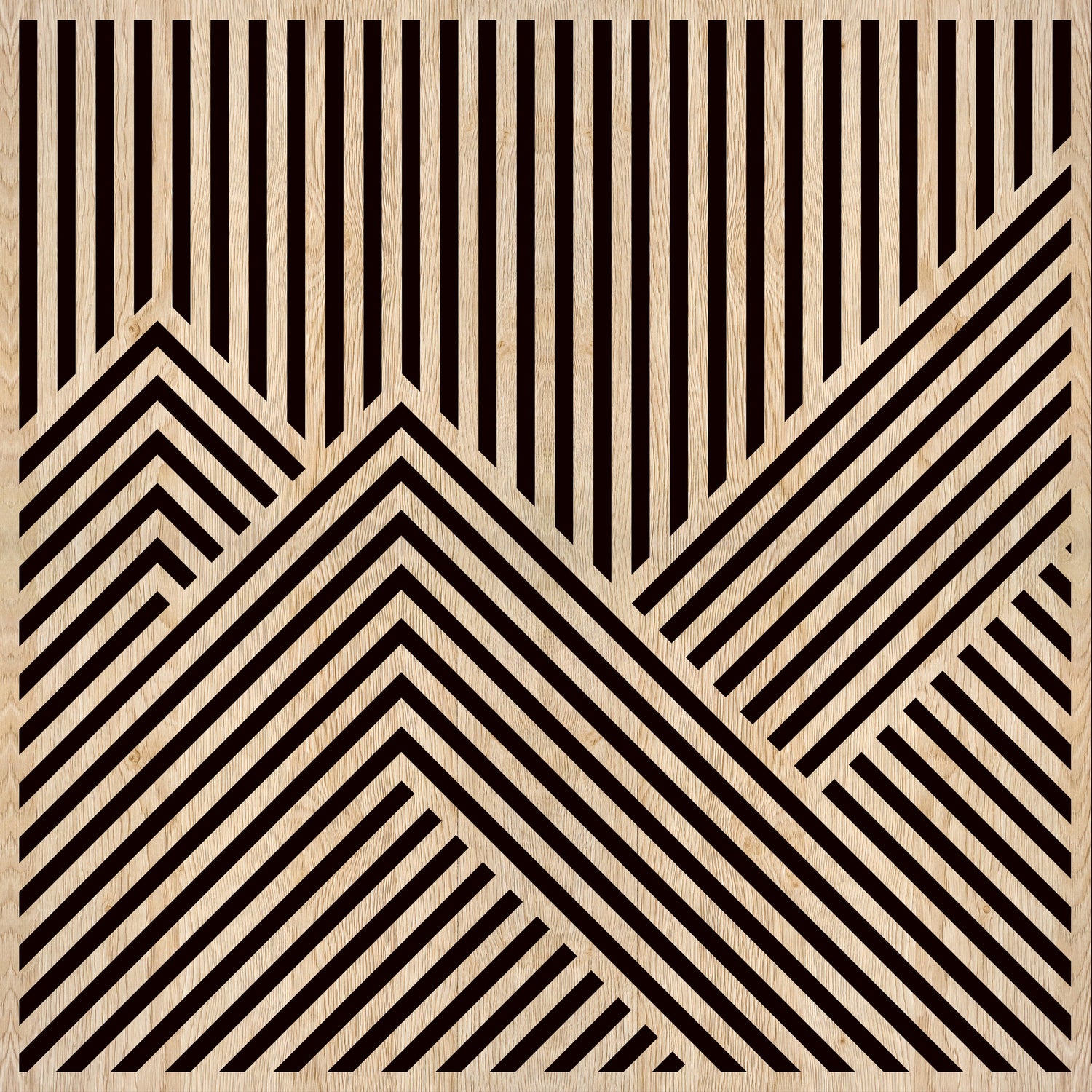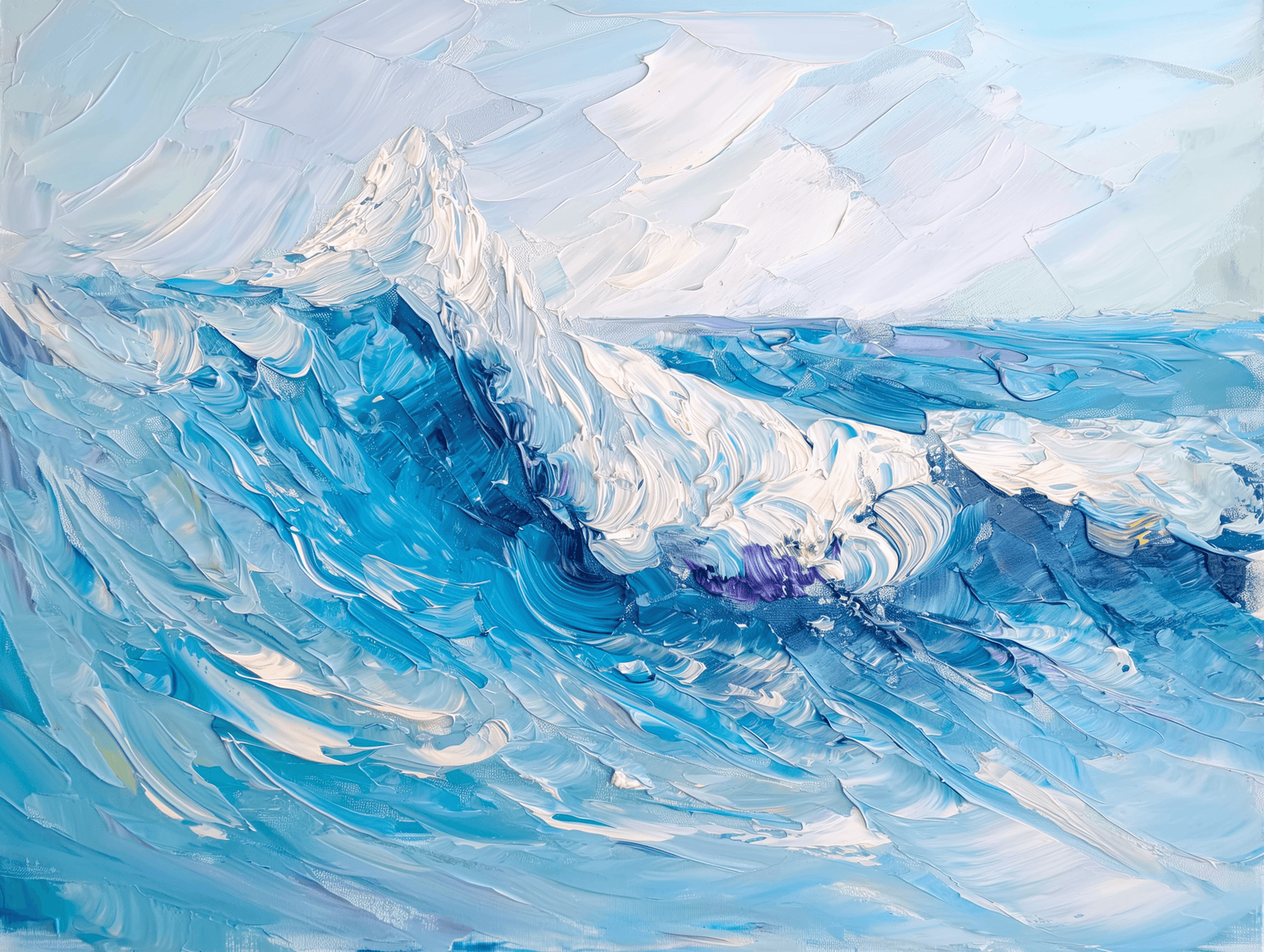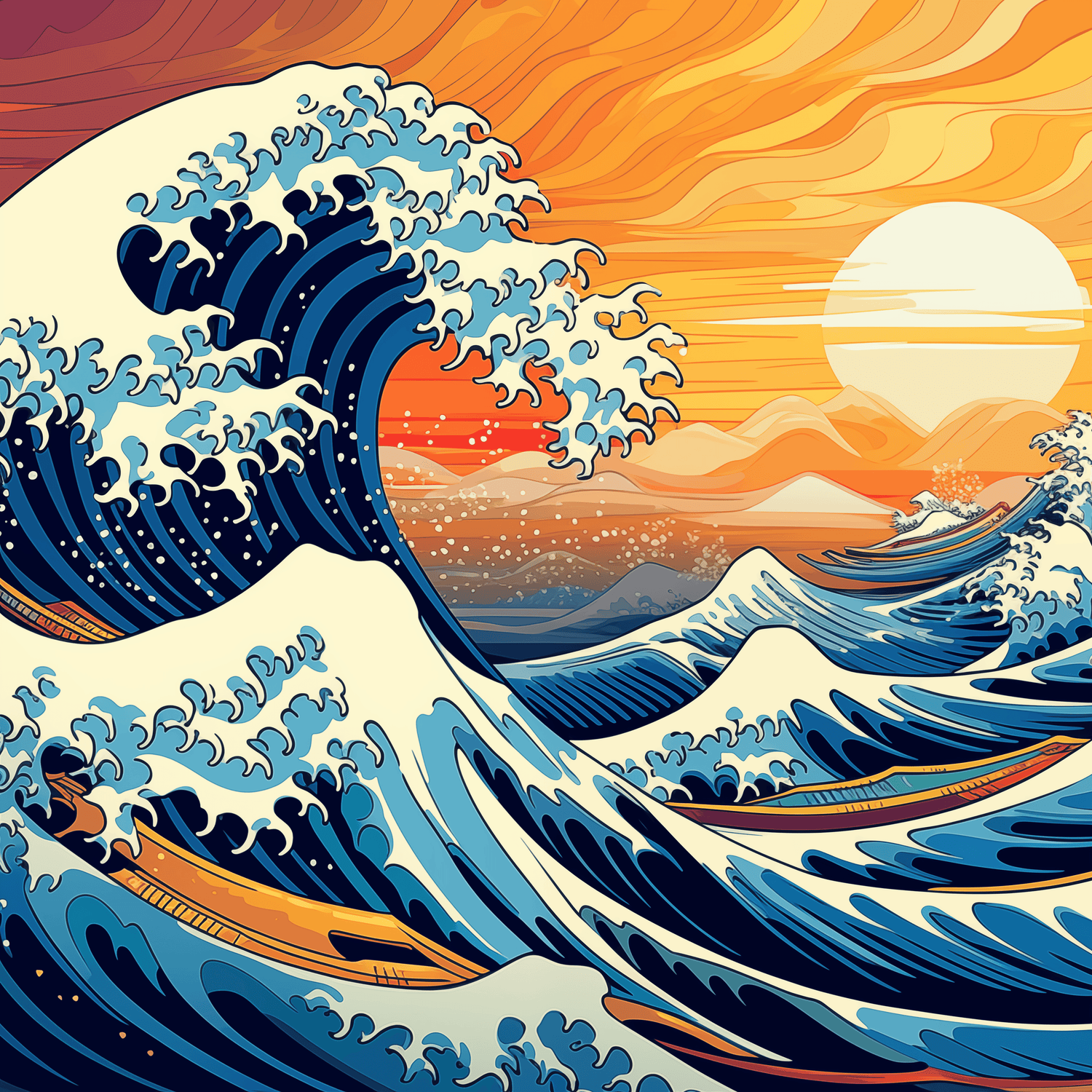
Katsushika Hokusai (1760–1849) is probably the most famous Japanese painter and printmaker in the world. His art crossed the borders of Japan to deeply influence European artists such as Van Gogh, Monet, Degas and Klimt, marking the heart of Impressionism and 19th-century Japonism.
Best known for "The Great Wave off Kanagawa" , Hokusai left behind a vast production: over 30,000 works, including prints, drawings and illustrations. Thanks to the three-dimensional reproductions of Materico.it , the beauty and power of his works take on new life, enhancing every detail, every line, every symbol.
Who was Hokusai? A brief biography of a restless genius
Born in Edo (now Tokyo), Hokusai began his career as an apprentice engraver at the age of 14. His life was marked by changes, moves and artistic revolutions. He changed his name more than 30 times , a sign of the continuous transformation of his style and identity.
He was a man obsessed with art, to the point of stating:
"At 70 I will have learned something; at 100 I will be a true artist; at 110, every dot and every line will vibrate with life."
Fun fact: Hokusai drew continuously, even on his deathbed. Legend has it that he asked the gods for five more years to become a true artist.
Hokusai's most famous works: between waves, volcanoes and visions
1. The Great Wave off Kanagawa (1831), series "Thirty-six Views of Mount Fuji"

Perhaps the most famous Japanese work of art ever, this print depicts a giant wave threatening boats with Mount Fuji in the background . It is a scene of power and fragility, beauty and menace, that has captured the imagination of the world.
Curiosity: Contrary to popular belief, the great wave does not represent a tsunami , but is a typical Japanese "inland sea wave".
Reproduction Materico.it: The 3D effect enhances the majesty of the wave, the sharp contours and the deep blues. The composition takes shape on the canvas, offering an immersive and vibrant vision.
2. Red Fuji at Dawn (1831), series "Thirty-six Views of Mount Fuji"

One of the most poetic images of Fuji, depicted in bright red during a clear dawn. It is a work of apparent simplicity but with a strong symbolic impact: the sacred mountain, immobile and divine , under a changing sky.
3. Kirifuri Waterfall at Mount Kurokami (1832), from the series "Famous Waterfalls in the Provinces"

This print shows water flowing in almost abstract shapes, creating a sense of movement and rhythm. The human figures appear tiny compared to the force of nature.
Curiosity: Hokusai loved to depict man as part of a whole , often small and fragile compared to natural power.
4. The Dream of the Fisherman's Wife (1814), from “Shunga”
One of his most controversial images, belonging to the Japanese erotic art called shunga . It depicts a woman in a dreamlike union with two octopuses.
Curiosity: The work is considered by many to be the first example of surrealist erotic art and has even influenced modern authors and Japanese manga.
5. Drawing Hands (from “Hokusai Manga Drawing Manual”)
A lesser known work, but very important to understand Hokusai as a teacher and popularizer . His "manga" are not comics, but drawing manuals, with hundreds of poses, expressions, animals and objects.
Fun fact: The word “manga” comes from these albums, which means “free drawings” or “loose drawings”.
Hokusai and Spirituality: Art as a Path to Infinity
Mount Fuji, the waves, the clouds: every element in Hokusai's painting has a symbolic and spiritual value . Art was for him a means to approach perfection and eternity.
In his writings we find a continuous search for the essence of things. He did not simply paint what he saw, but what he felt .
Hokusai's Japan: A Changing World

When Hokusai worked, Japan was still closed to the outside world, but his works began to circulate in Europe in the 19th century, captivating Western artists in search of new visual forms.
🎨 Van Gogh kept some of his prints hanging on the walls.
🎨 Monet owned a collection of ukiyo-e.
🎨 Klimt and Toulouse-Lautrec adopted compositional elements from Japanese art.
Fun Fact: Hokusai never visited Europe, but he was one of the most influential Japanese artists in the West , and is still celebrated today in exhibitions and museums around the world.
Conclusion: Hokusai, the man who wanted to become eternal
Katsushika Hokusai went through life like a restless traveler, leaving behind him waves, volcanoes, flowers, animals, demons and dreams. He made the invisible visible and narrated the infinite with disarming simplicity.
With the 3D reproductions of Materico.it , it is possible to bring home a fragment of his spirit : not a simple print, but a living, sensitive, poetic work. A tribute to those who seek emotion, beauty and depth in art .








